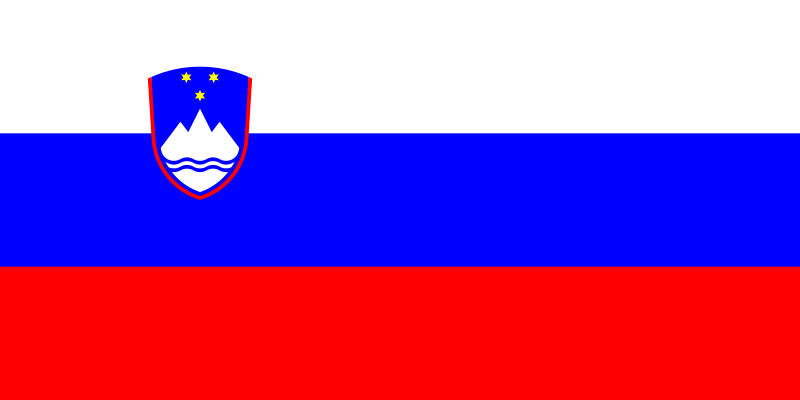 Slovenia /sloʊˈviːniə/ (help·info) sloh-VEE-nee-ə, officially the Republic of Slovenia (Slovene: Republika Slovenija, [reˈpublika sloˈveːnija]), is a country in Central Europe touching the Alps and bordering the Mediterranean. Slovenia borders Italy on the west, the Adriatic Sea on the southwest, Croatia on the south and east, Hungary on the northeast, and Austria on the north. The capital and largest city of Slovenia is Ljubljana.
Slovenia /sloʊˈviːniə/ (help·info) sloh-VEE-nee-ə, officially the Republic of Slovenia (Slovene: Republika Slovenija, [reˈpublika sloˈveːnija]), is a country in Central Europe touching the Alps and bordering the Mediterranean. Slovenia borders Italy on the west, the Adriatic Sea on the southwest, Croatia on the south and east, Hungary on the northeast, and Austria on the north. The capital and largest city of Slovenia is Ljubljana.
Slovenia covers an area of 20,273 square kilometres and has a population of 2.06 million. Around 40% of Slovenia’s land mass is elevated land – mostly in the form of mountains and plateaus – which is located in the interior regions of the country. The highest point of Slovenia is the 2,864 metre (9,396 ft) high Mount Triglav.
The majority of the population speaks Slovene, which is also the country’s official language. Other local official languages are Hungarian and Italian.
Slovenia is a member of the European Union, the Eurozone, the Schengen area, the Organization for Security and Co-operation in Europe, the Council of Europe, NATO, UNESCO, WTO, OECD and UN.
Per capita, it is the richest Slavic nation-state, and is 85.5% of the EU27average GDP (PPP) per capita.

Notes from Wikipedia








